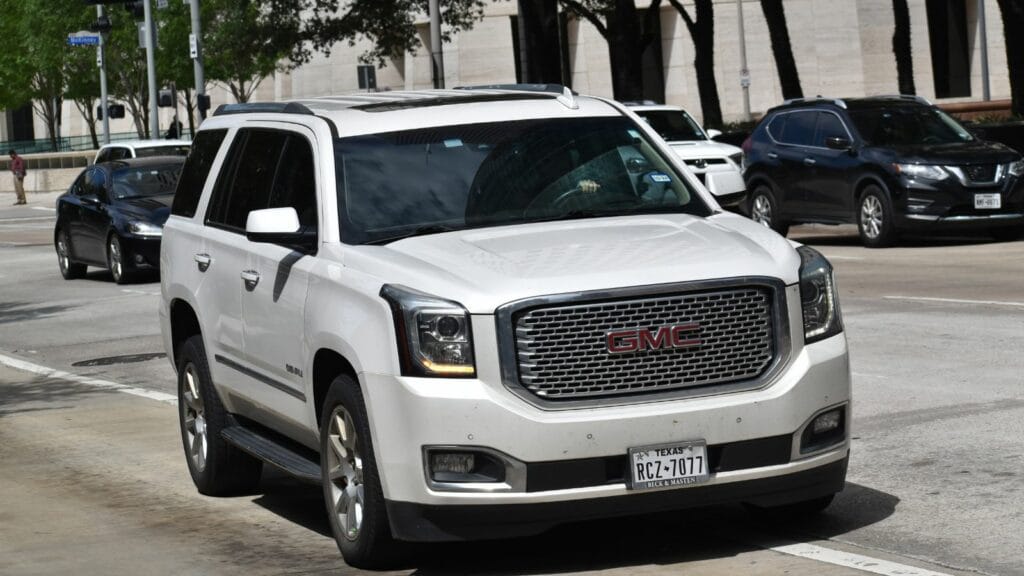By 2035, Canada will require 100% of new light-duty vehicle sales to be zero-emission models like BEVs, PHEVs, and fuel-cell vehicles. This regulatory milestone means many gasoline and diesel-powered SUVs, pickups, and combustion-heavy models will lose legal sales status and insurance eligibility well before then. These are 25 vehicles that’ll likely be outlawed or uninsurable in Canada soon:
Toyota Tundra (Prior‑Gen 5.7‑L V8 TRD Pro)
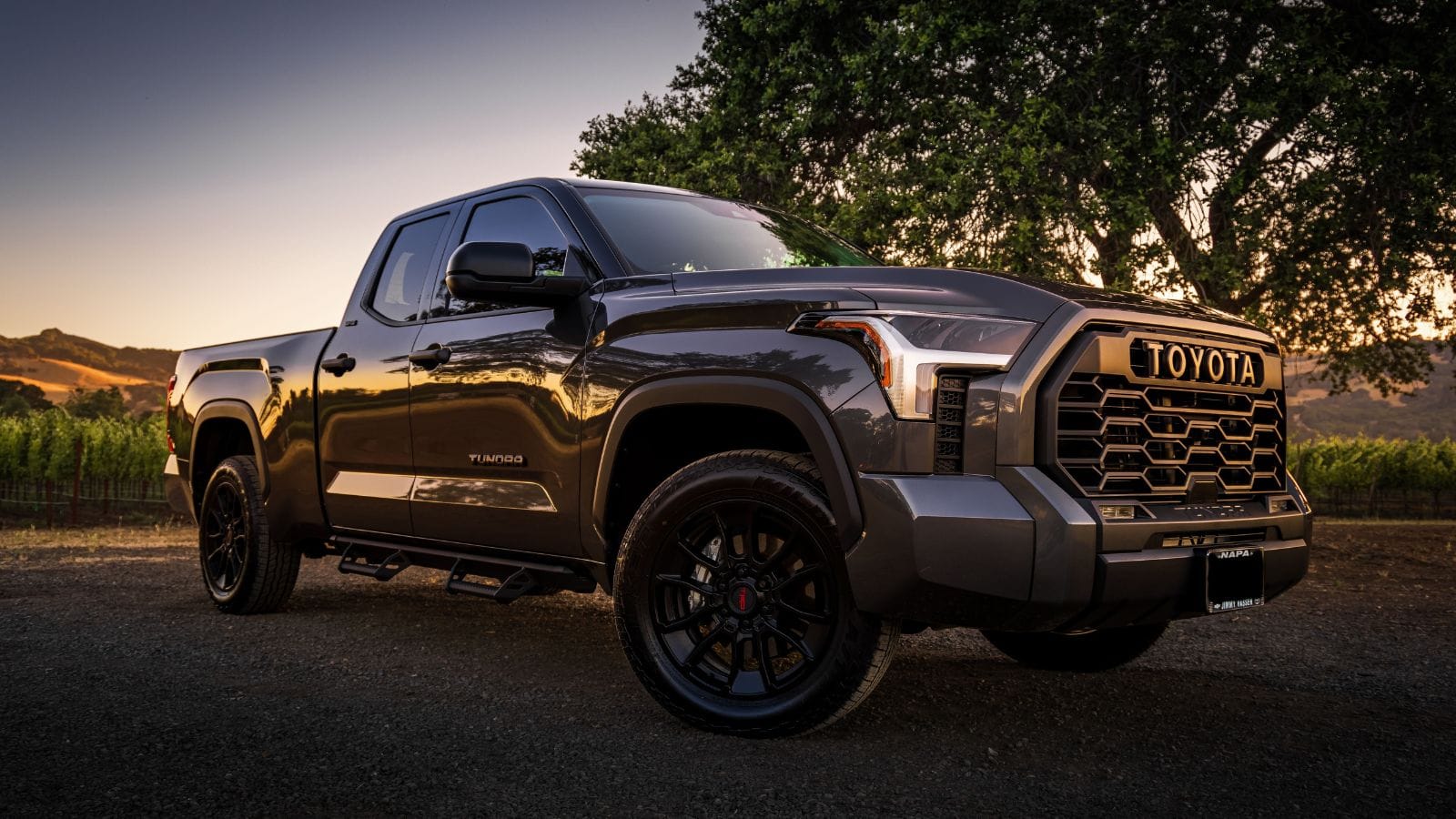
The 5.7-liter i-Force V8 Tundra TRD Pro delivers serious horsepower and torque, but also fails to meet regulatory standards. With its high emissions footprint, it is unlikely to meet Canada’s tightening fleet targets, especially as 2026 mandates begin and escalate toward 100% zero-emission sales by 2035. Insurance providers and provincial regulators may deem them uninsurable or too costly to register beyond 2035, which means that Canadians who purchased them for utility or off-road capability may see their resale and insurance values collapse.
Ford F‑150 (Gas V8 Models, pre‑Electrified)
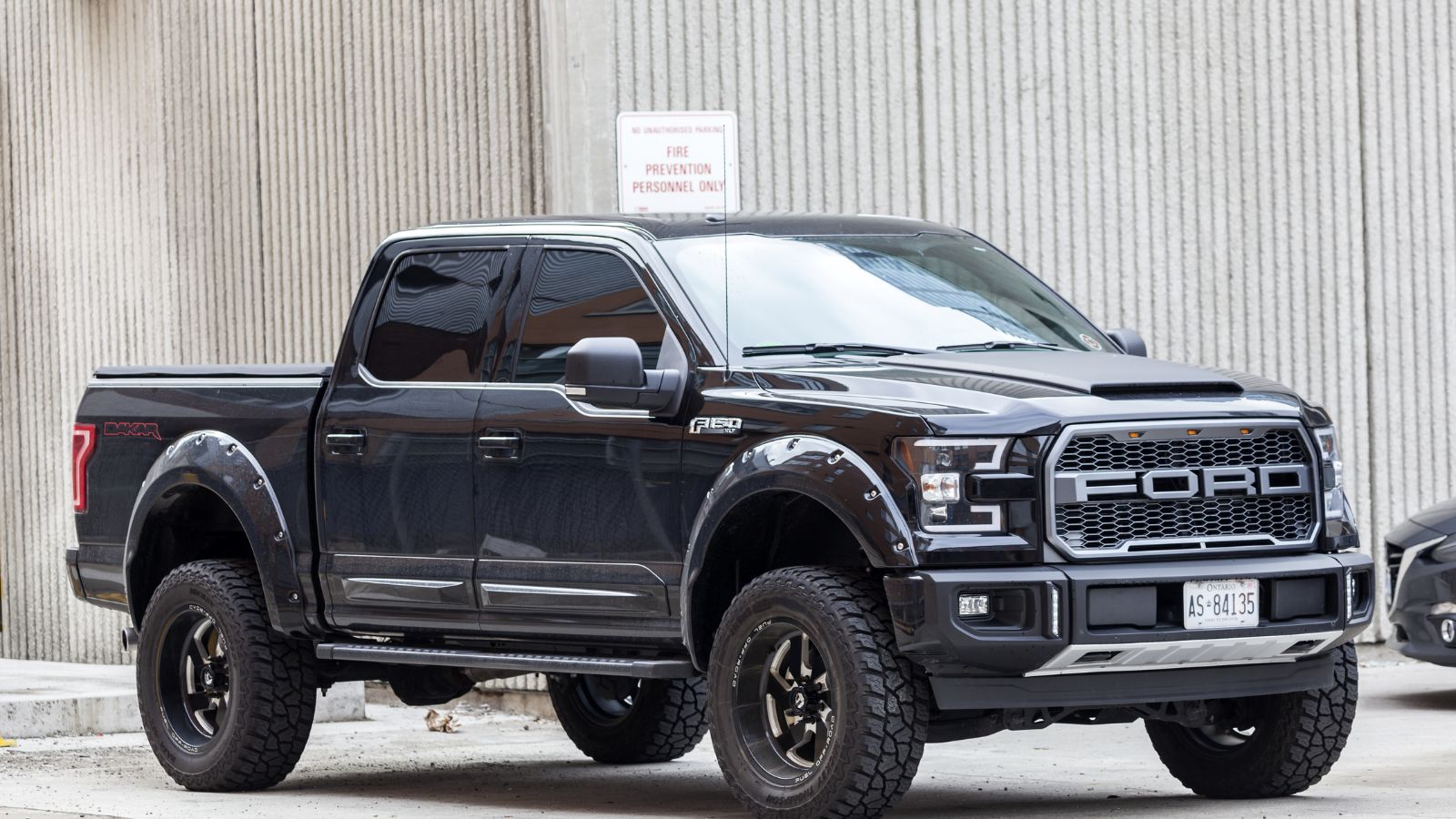
Ford’s gasoline-powered F-150 V8 pickups were once the default across Canada, but in a ZEV future, they are increasingly a liability. Without hybrid or electric powertrains, these heavy-duty work trucks emit far more than provincial thresholds, and by 2035, selling or registering new V8 units will likely be prohibited in all provinces. Moreover, insurers may refuse coverage on older, high-emission variants as emissions zones tighten in urban regions. Canadian consumers who cling to gas-only F‑150s could face restriction zones, declining resale values, and insurance denials on vehicles that regulators now view as outdated.
Chevrolet Silverado 1500 (Gas/Diesel V8 Models)
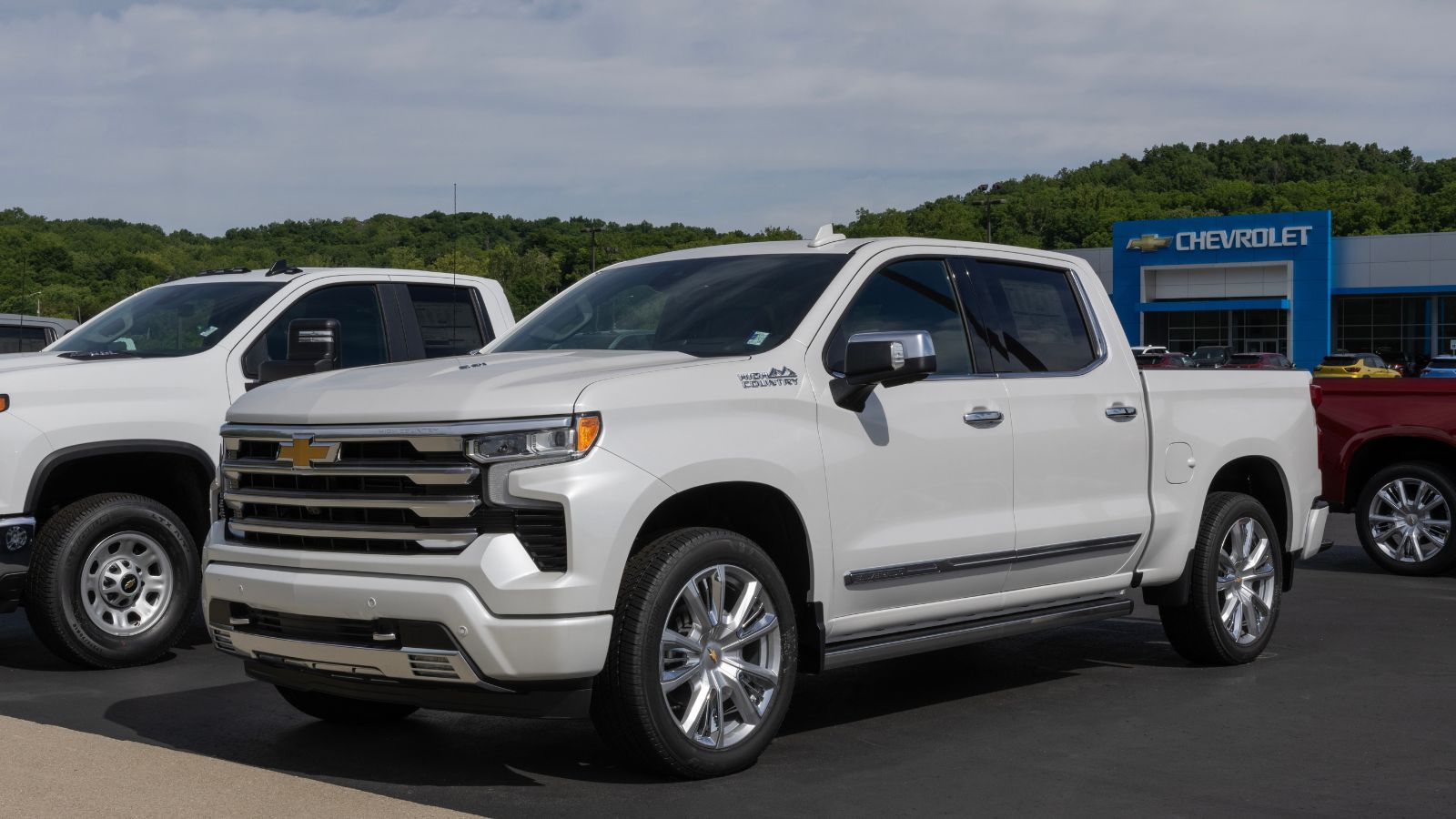
The Silverado 1500’s V8 variants are typical Canadian mainstays for towing and hauling, but they face a shrinking future. Under federal and provincial emissions regulations, these internal combustion models will steadily become unsaleable. Recent rules limit the sales of non-ZEV trucks, moving from 20% ZEVs in 2026 to 100% by 2035. Insurers and regulators in Québec and B.C. may preemptively stop issuing policies or registrations for non-compliant engines, especially in low-emissions zones. Owners should anticipate steep depreciation and registration barriers within under ten years if they keep gas-only Silverado models.
Dodge Ram 1500 (Classic Hemi-powered V8 variants)
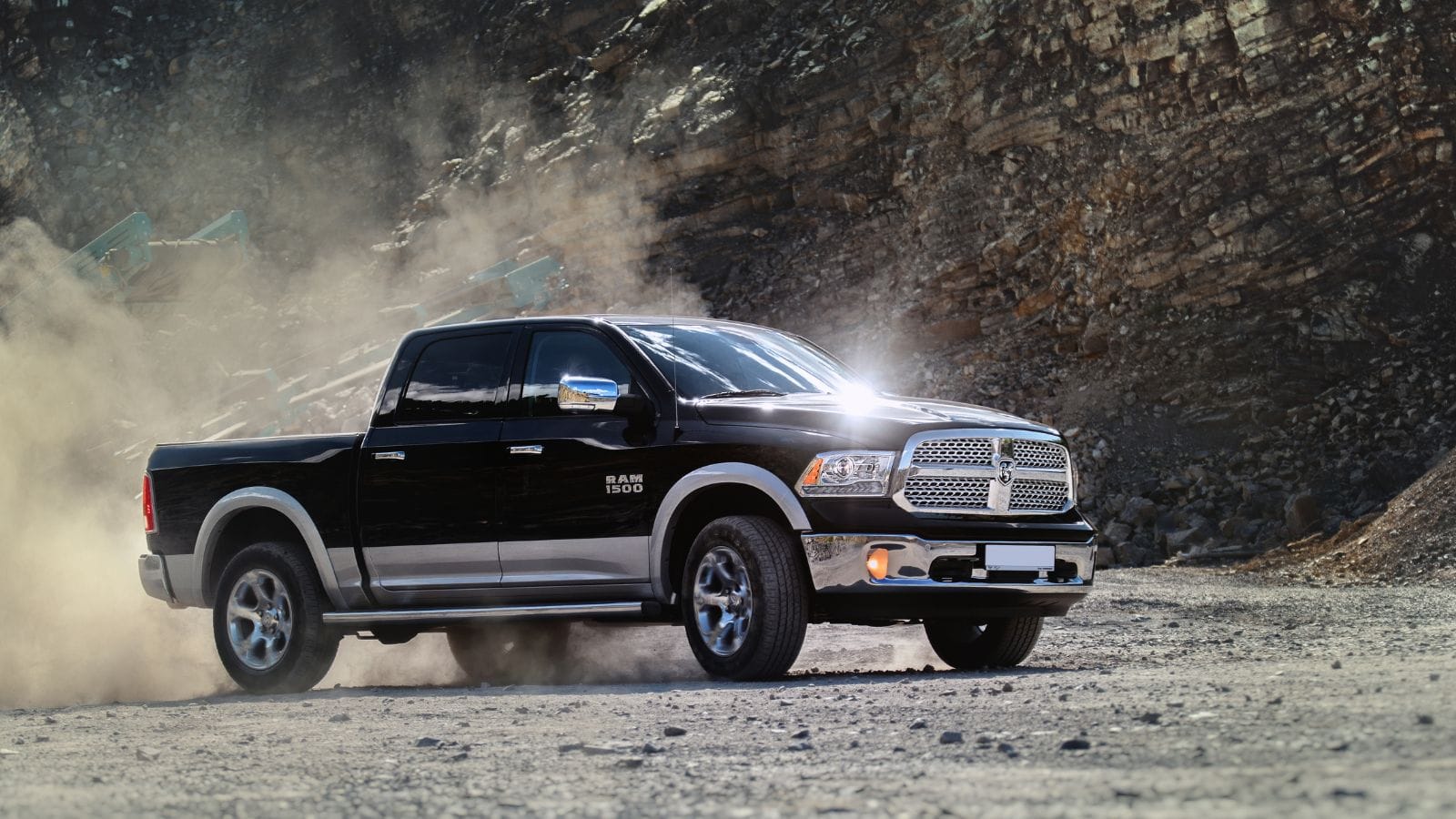
Riders prize the classic Hemi-powered Ram 1500, but climate regulations will likely ban its continued sale and limit renewals. With rising compliance deadlines and weight-based GVWR definitions tightening from 2027 onward, personal use heavy pickups with high emissions may soon fall into categories that face insurance exclusions or registration refusal. Since PHEVs and flex-fuel alternatives fill regulatory quotas, gas-only Rams may lose road eligibility, and Canadians relying on them for hauling or towing could find them uninsurable or unsalable before long.
GMC Sierra 1500 (Gas‑ or Diesel‑V8 Personal Use)
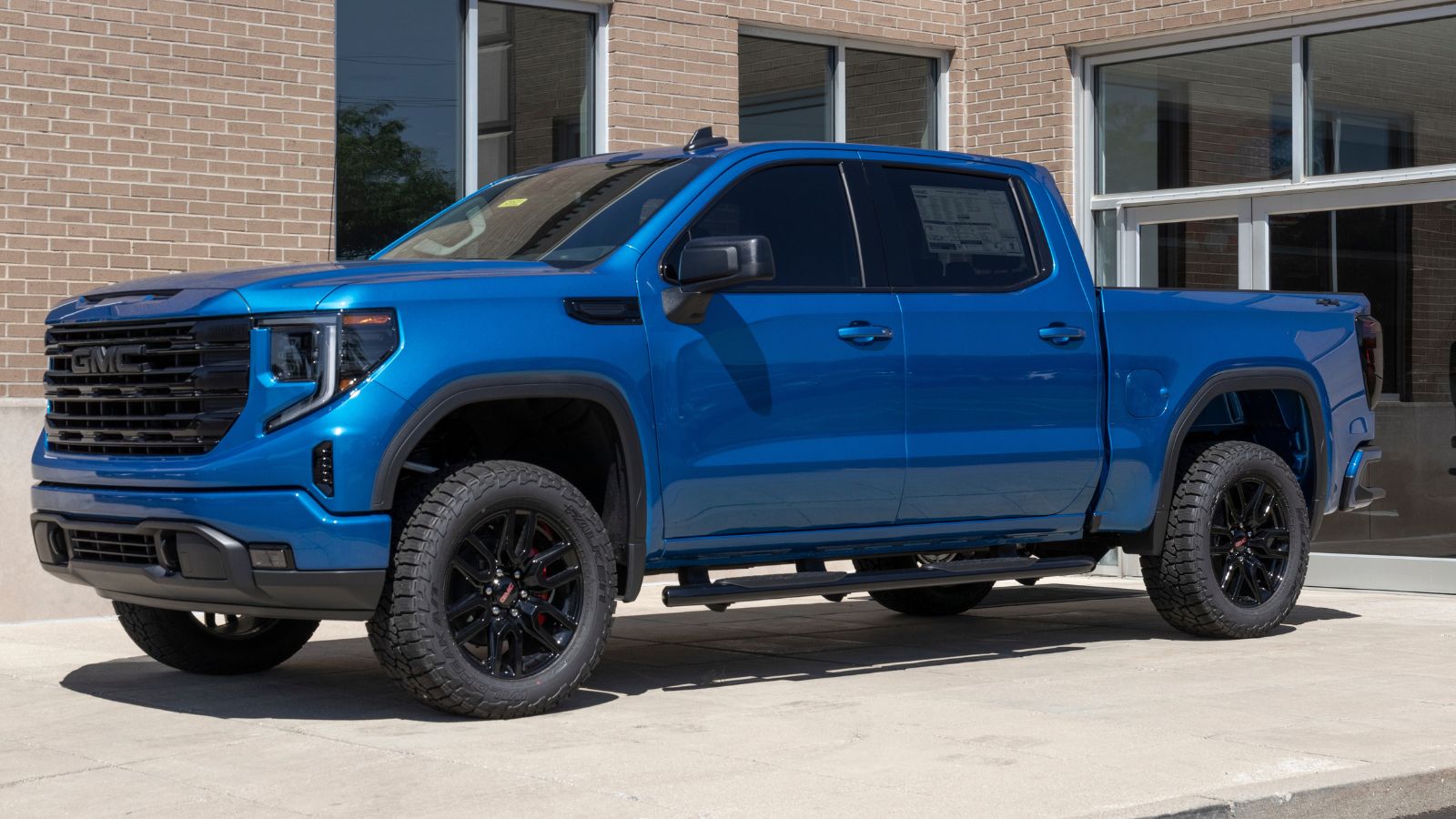
The Sierra 1500 Gas and Diesel V8s deliver power but exceed evolving fleet‑average emissions limits. With federal ZEV sales mandates reaching 60% by 2030 and full electrification by 2035, these vehicles face future registration and insurance restrictions. Provinces may impose CO₂-based road taxes or limit the number of plates for high-emission models, making continued ownership increasingly costly. Canadians driving Sierra V8s should expect smaller interest in resale markets, fewer insurance options, and potentially prohibitive operational fees within the next decade.
Heavy-duty SUVs (Chevy Suburban, GMC Yukon, Yukon XL V8)
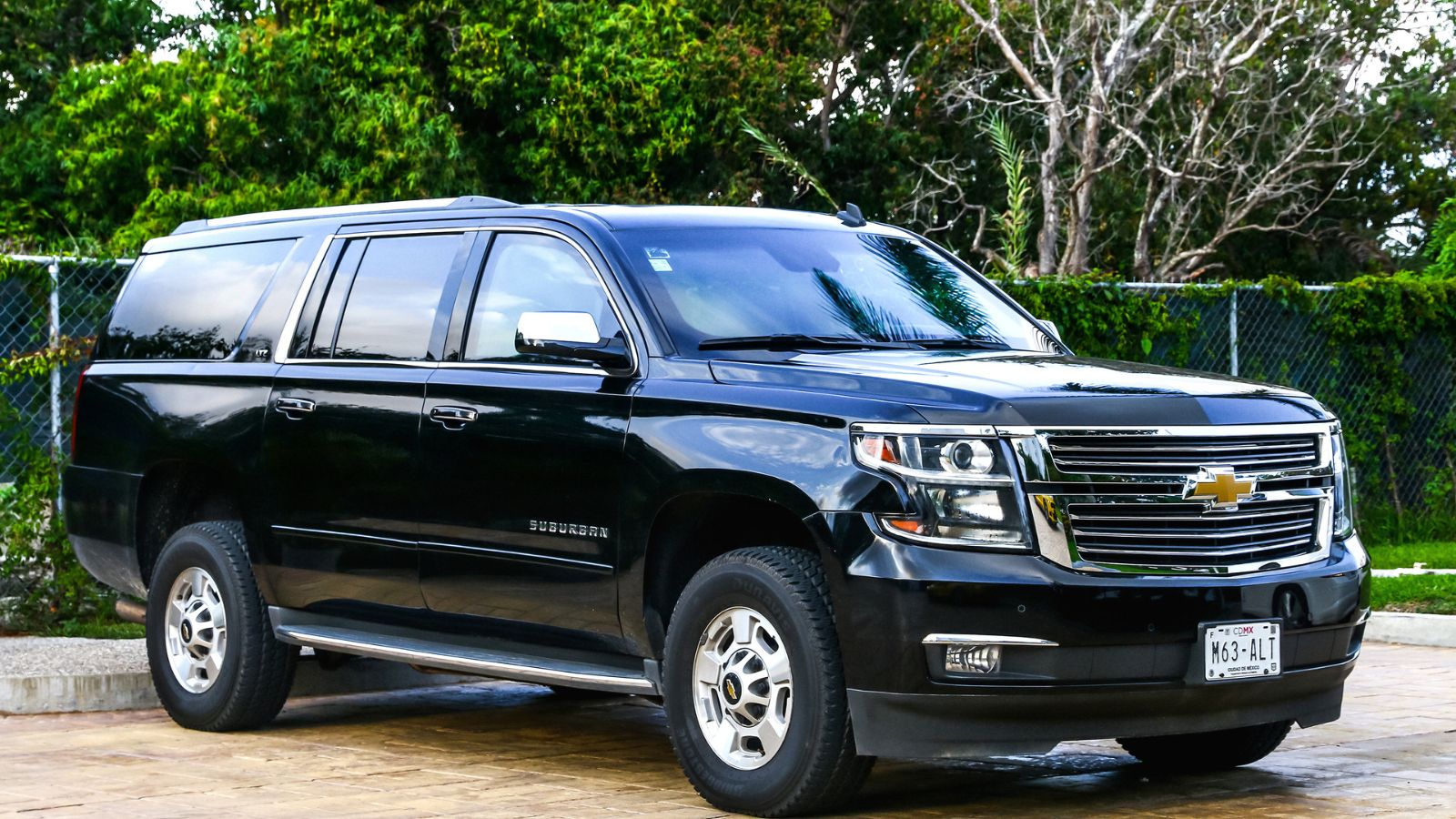
Large SUVs such as the Suburban or Yukon XL with V8 engines are facing the sharpest squeeze. Their gross vehicle weight and emissions likely reclassify them as medium-duty under Canada’s regulatory updates, which triggers stricter emission rules and could exclude them from light-duty sales and insurance eligibility post‑2035. Even before that, the compliance phase-in rules, including a 20% ZEV requirement in 2026, rising to 100% by 2035, mean non-electric large SUVs may become progressively penalized, and Canadian drivers betting on big SUVs may find them unsalable and uninsurable sooner than expected.
Nissan Titan XD (Gas/Diesel V8)
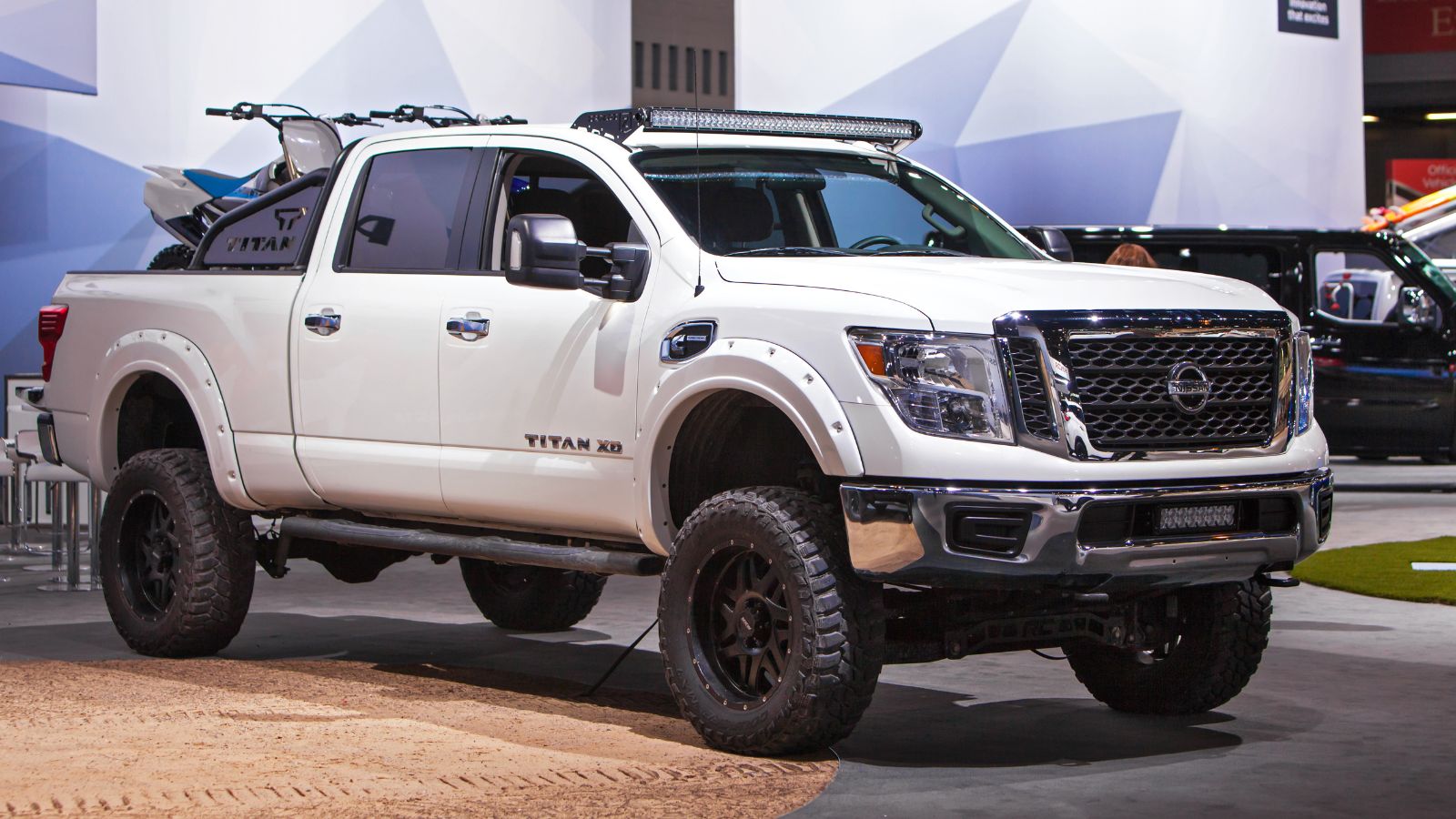
This heavy-duty pickup’s robust V8 engine and towing appeal make it a niche favorite, but under tightening ZEV sales mandates, its combustion variants are at risk. With Canada requiring 20% ZEV new sales by 2026, rising to 100% by 2035, non-electric Titan XDs may lose legal eligibility, and provincial authorities, especially in B.C. and Québec, might refuse registration or insurance renewals on older gas trucks. As compliance credit systems penalize high-emission fleets, the Titan XD may become uninsurable or unsalable well before its depreciated value suggests.
Dodge Ram 2500/3500 (Gas V8 heavy-duty)
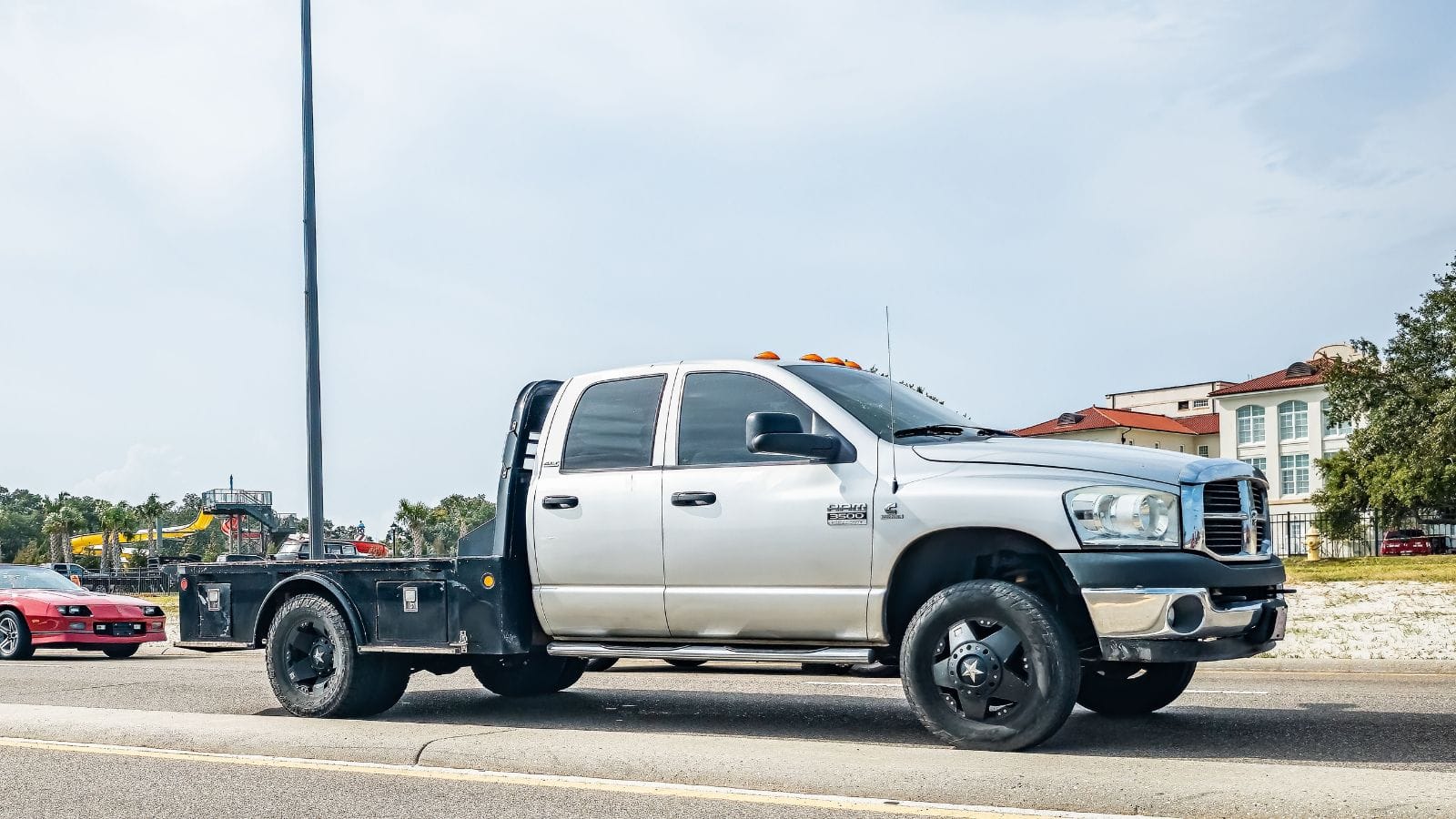
With its high payload and classic Hemi V8 appeal, the Ram 2500/3500 has been a workhorse, but climate regulators see it as a problem. Weight and supercharged exhaust levels push it into heavier emissions brackets. As ZEV rules tighten from 2026 onward, these heavy-duty gas models may be phased out of registration eligibility or attract drastically higher insurance premiums. Owners should expect steeper operational costs, limited resale value, and potentially new provincial bans as the trade-offs for low-emission compliance become sharper.
Lexus LX 600 (V8 Petrol)
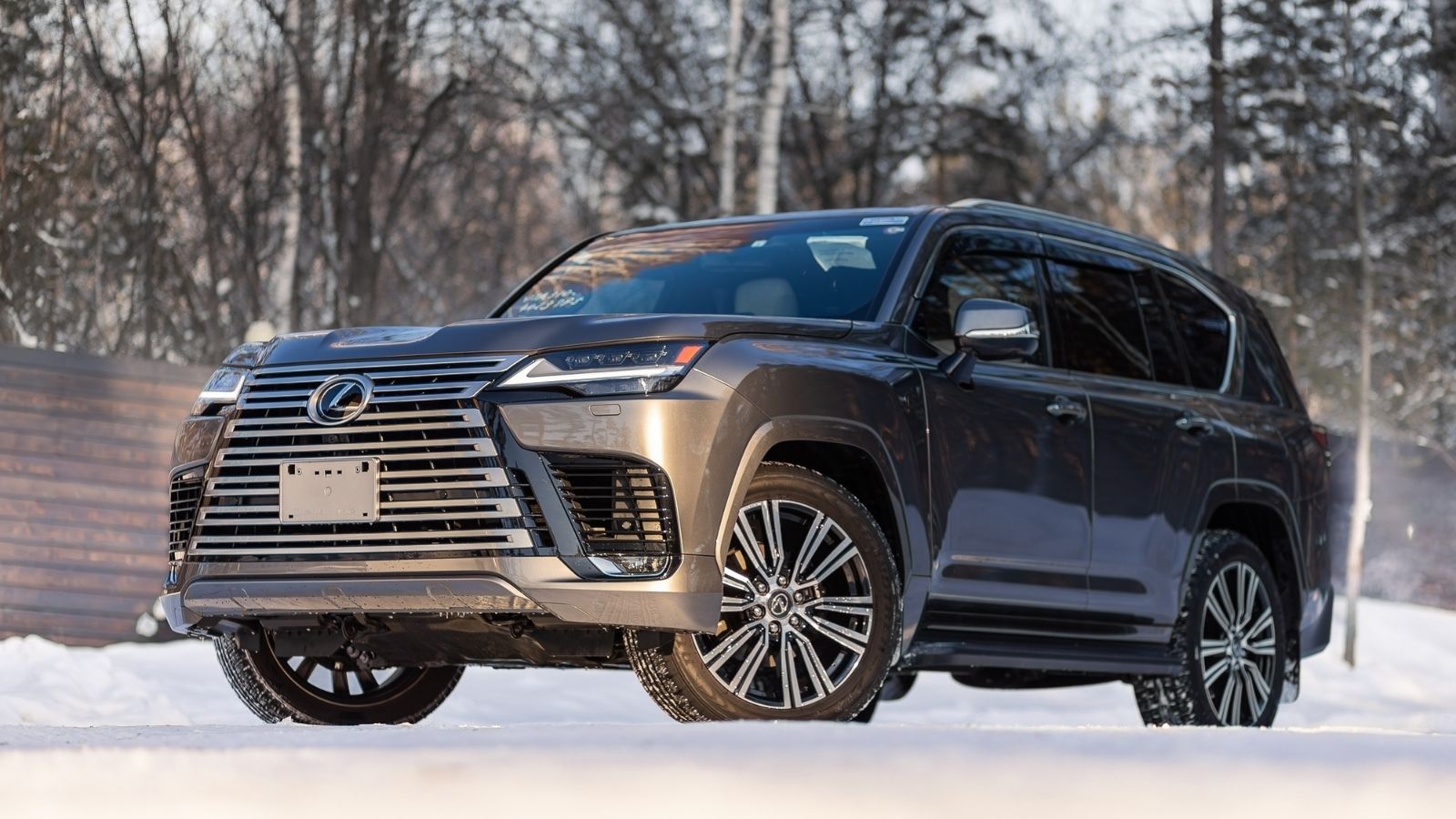
Luxury V8 SUVs, such as the LX 600, pack comfort and performance, but risk becoming liabilities under Canada’s green vehicle regulations. As light-duty ZEV sales hit 60% by 2030, pressure mounts to limit non-compliant SUVs, and insurance providers may decline policies on older gas LXs or adjust rates upward due to rising emissions-based taxation. For Canadians used to premium towing and off-road capability, the LX 600 may lose both resale value and road legality in major provinces before long.
Mercedes‑Benz G63 AMG (V8 Biturbo)
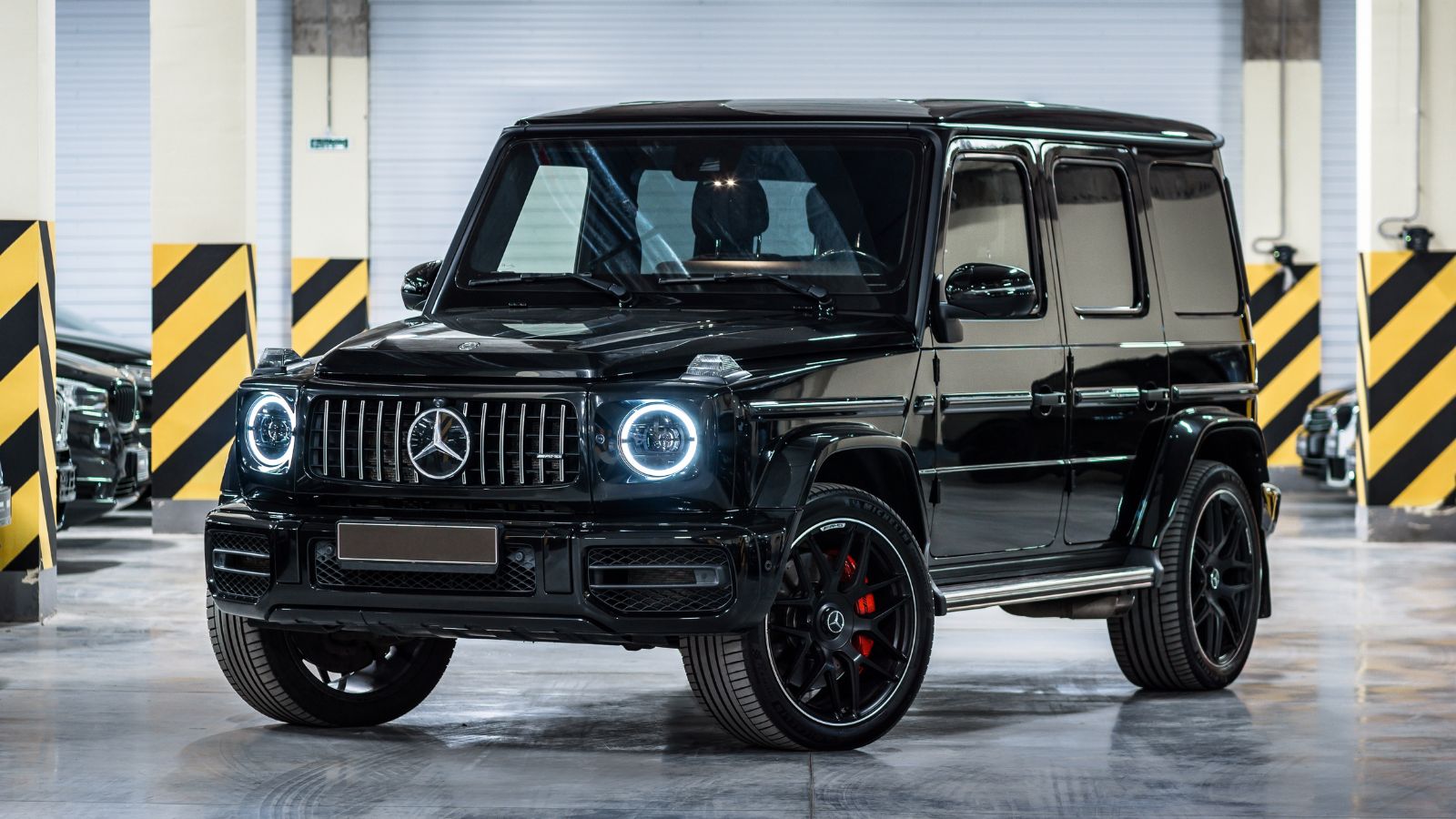
As a high-performance V8 SUV, the G63 AMG delivers luxury and emissions that exceed any future compliance thresholds. Federal ZEV reporting rules hold manufacturers liable for non-ZEV quotas, and wind-taxed high-emission luxury vehicles may become unmarketable by 2030. In provinces with aggressive emissions zones, the G63 could face registration restrictions or insurance refusals. Its performance-crafted engine, once a badge of prestige, may soon carry steep driving penalties or be impossible to license in urban low‑emissions districts.
Land Rover Range Rover V8 (Gas)
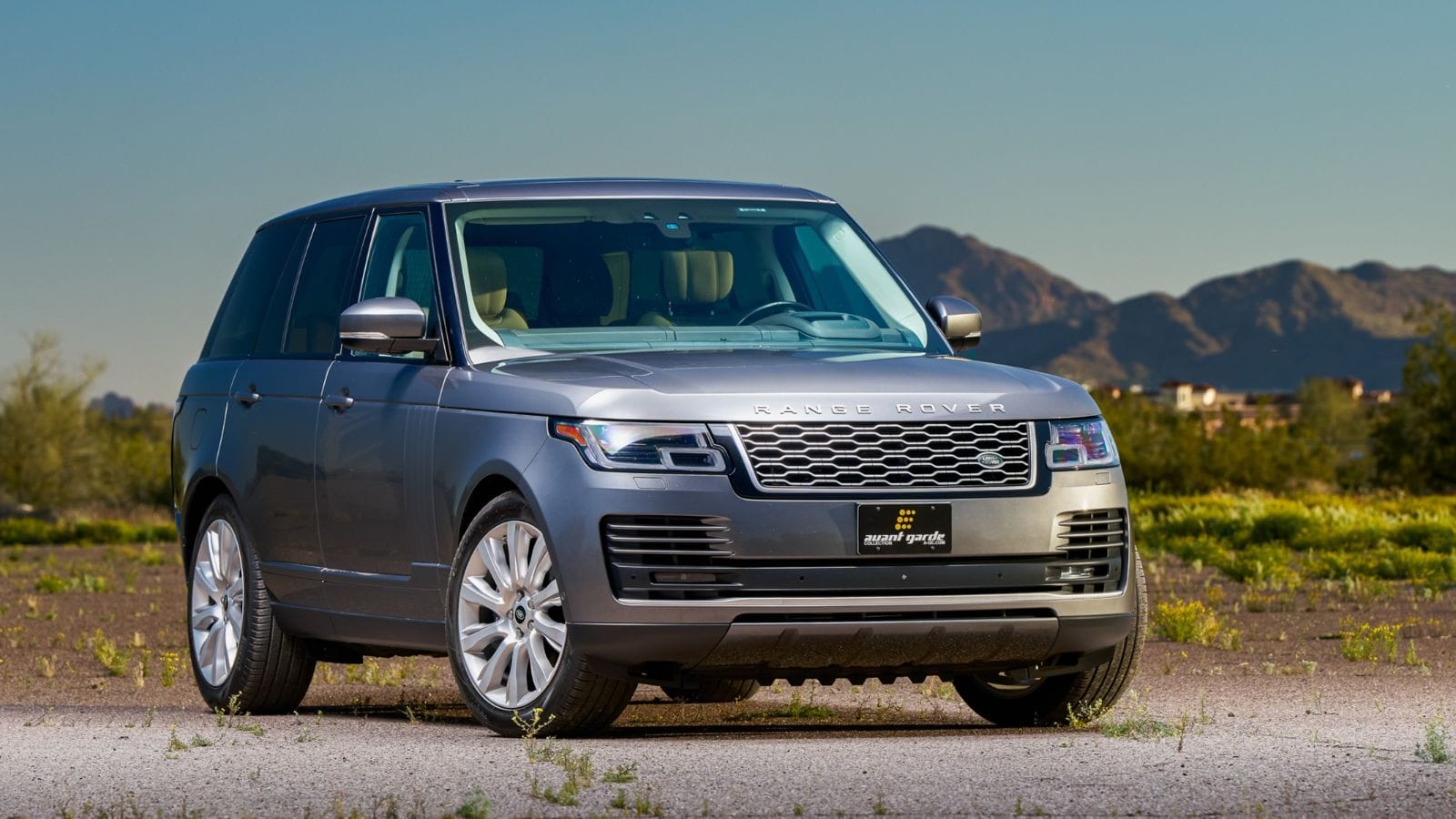
The petrol-powered V8 Range Rover is becoming increasingly unsustainable under Canada’s emission roadmap, as regulators mandate incremental ZEV targets through 2035. With luxury SUVs already pressured by fleet averages, gas-only Range Rovers may be limited in resale markets and subject to insurance refusals if provinces phase out internal combustion models. Owners should expect future hurdles in licensing, especially in cities adopting low-emission zones, as this once-aspirational SUV may soon become a liability for emissions-conscious drivers.
Subaru WRX STI (Turbo‑Gas, No Hybrid)
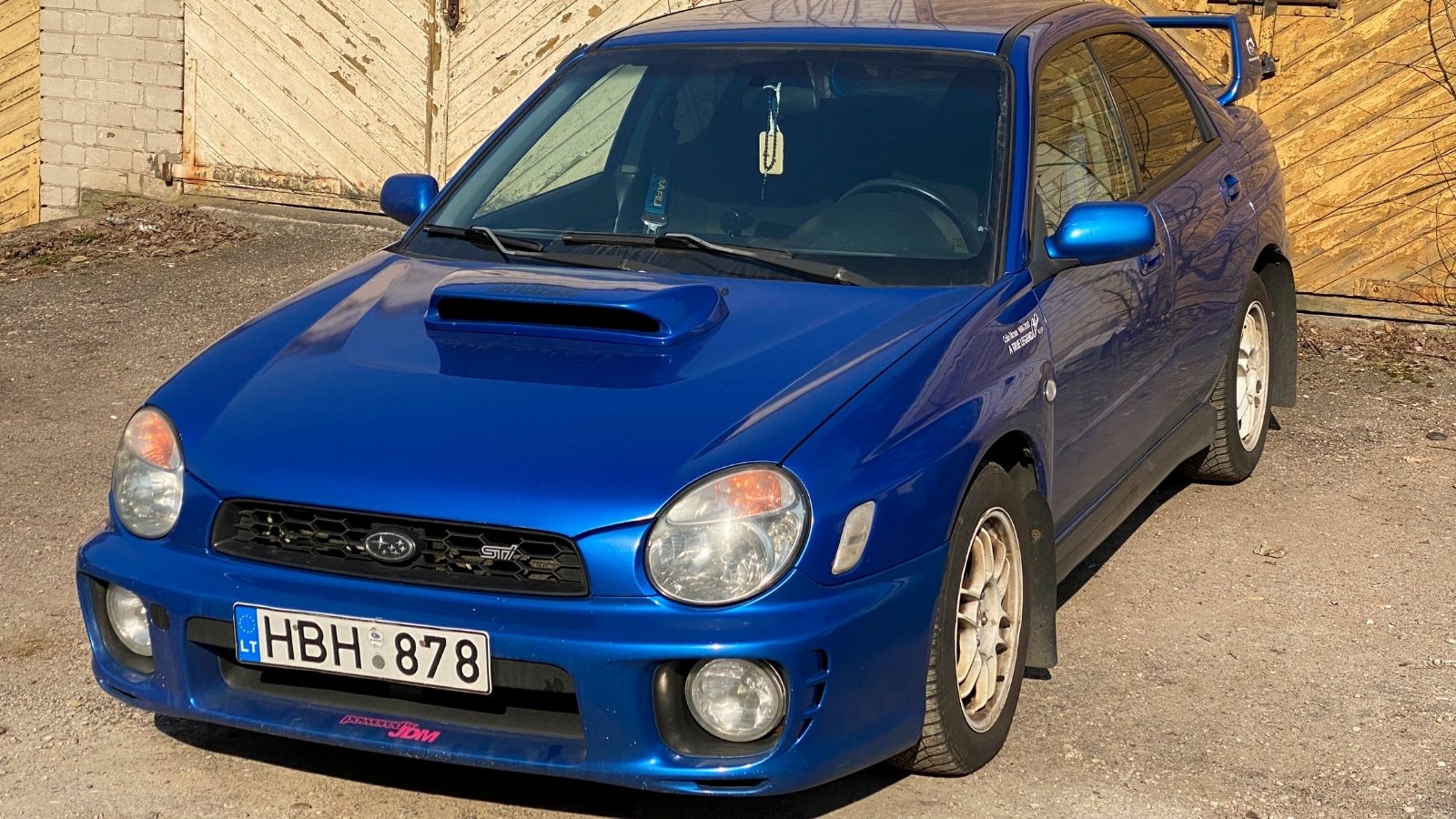
Built for speed and rally, the STI offers raw performance, but does not align with Canada’s ZEV trajectory. As sales quotas require 100% zero-emission light-duty vehicles by 2035, high-output turbo cars without hybrid options become increasingly challenging to sell. Insurance companies may begin declining coverage on entirely gas-powered performance vehicles or raise premiums based on emissions ratings. Drivers who love the STI’s punch may find that resale markets are shrinking and operational costs are rising as compliance thresholds tighten.
Chevrolet Camaro SS (Gas V8)

The Camaro SS’s muscle‑car appeal runs dry under Canada’s electrification goals. With federal targets eliminating new internal combustion engine sales by 2035 and interim caps set to begin soon, high-emission sports cars are becoming increasingly vulnerable. Insurance rates may rise, or outright policies may be restricted in urban areas, while provincial green standards also threaten resale liquidity. For Canadians invested in gas-only horsepower, legal and financial risks loom large, as the Camaro SS may soon be harder and costlier to own than its performance would justify.
Ford Mustang GT (V8)
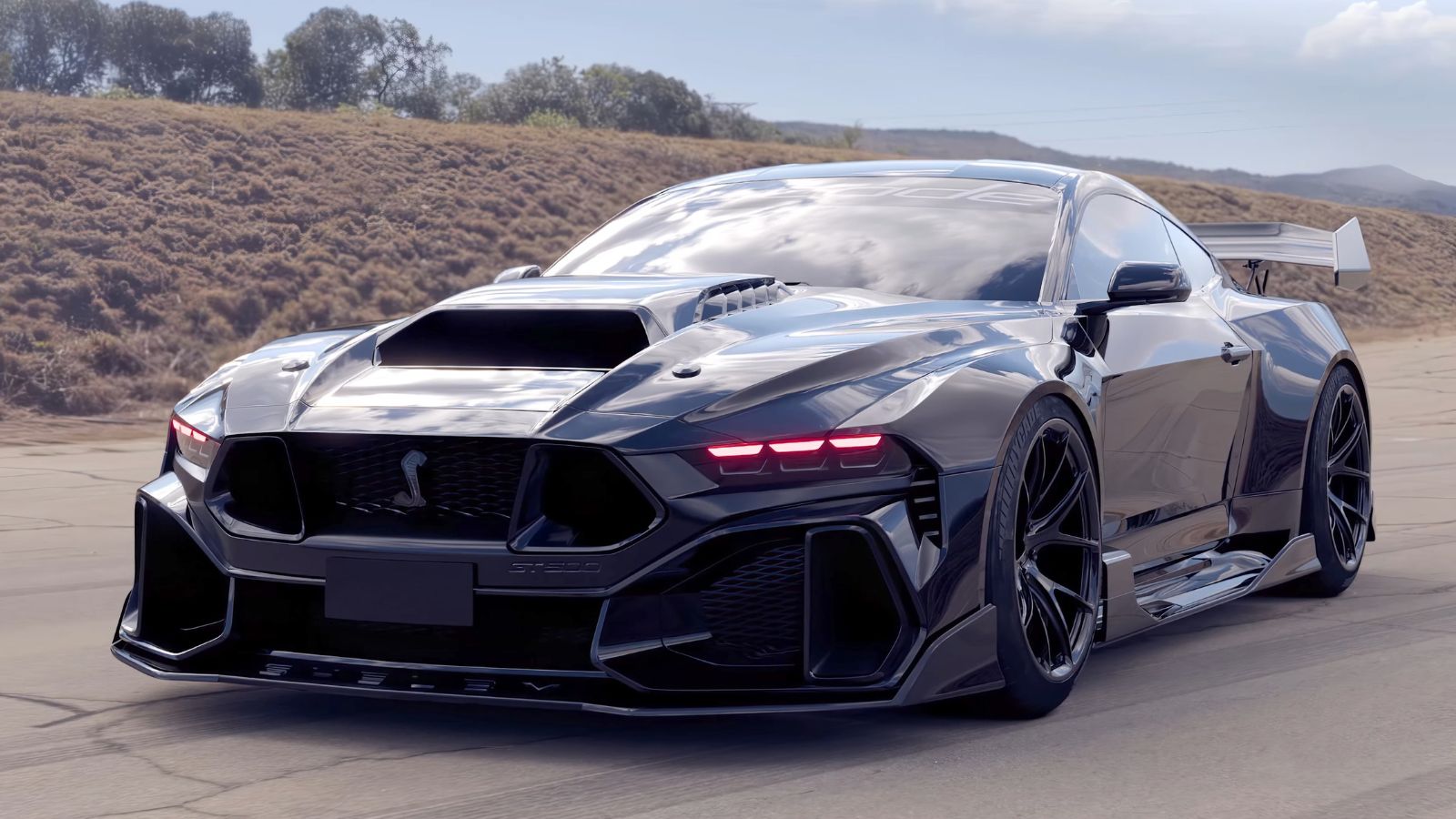
A North American icon, the V8 Mustang GT faces cultural and regulatory conflict in Canada’s low-emission future. With escalating zero-emission mandates, new gas Mustangs will soon be phased out of dealer lots, and insurers and provincial regulators may limit the registration of later-model V8 units based on emissions zones or declining resale value. Enthusiasts should expect costs and compliance barriers to rise rapidly, or consider trading in for electrified variants before values plummet.
Jeep Wrangler V6/Gas
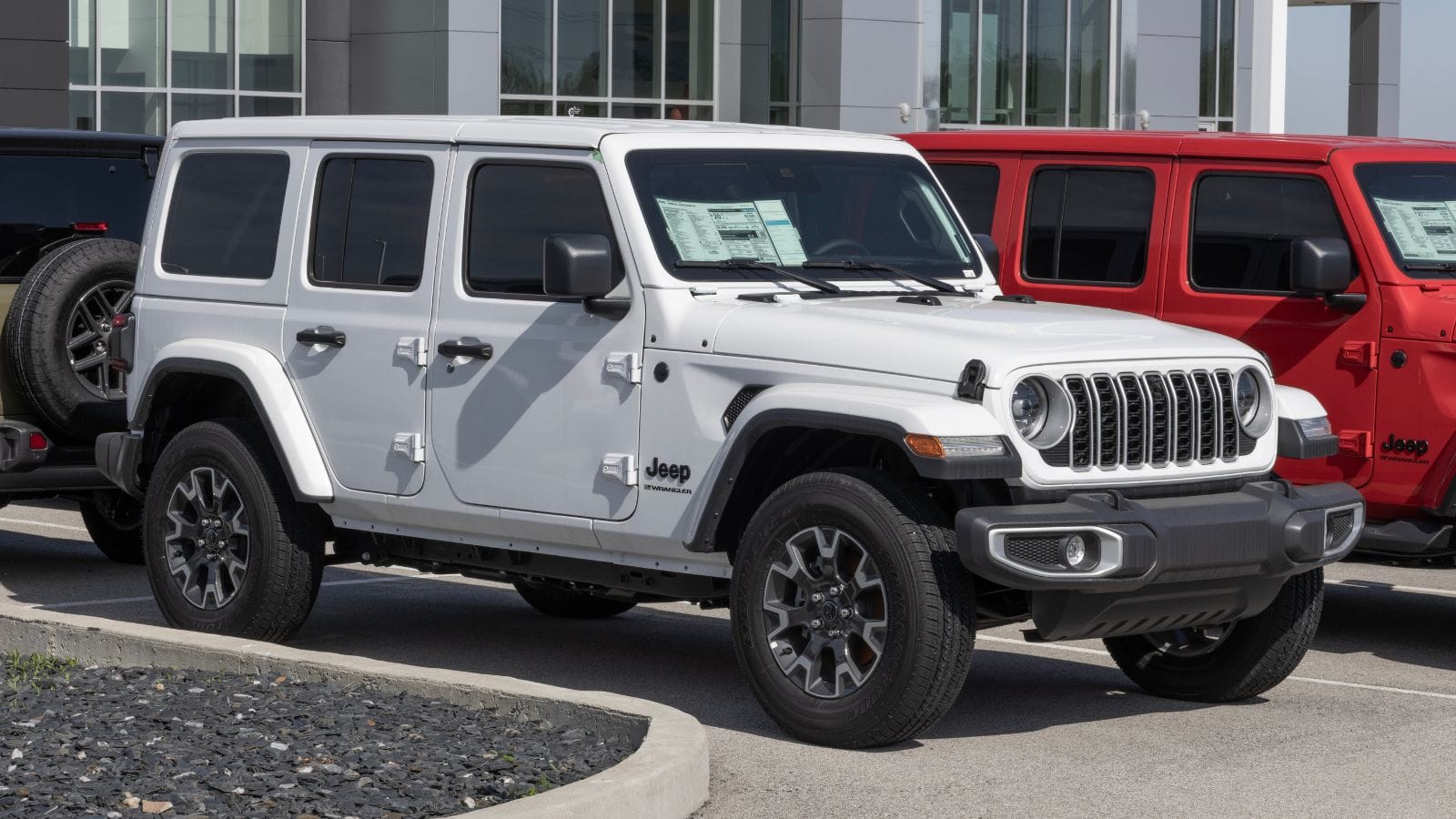
Although it may be an off-road legend, the gas-powered Wrangler is not future-proof. High emissions and low fuel efficiency collide with Canada’s ZEV sales phase-in schedule, starting in 2026. Eventually, insurance companies may refuse to underwrite pure gas Wranglers in urban areas with high emissions. Provinces like B.C. and Québec may deny registration renewal for non-ZEV models. Still, for Jeep loyalists, this means their all-terrain ride could soon become a compliance issue rather than an adventure icon.
Dodge Durango SRT (Gas V8)

Performance SUV fans love the Durango SRT’s power, but regulators do not. With Canada mandating incremental electric vehicle adoption, high-emission variants like the SRT may soon become subject to non-compliance fees, limited resale possibilities, or insurance delisting. In jurisdictions that impose emission penalties, these gas-only SUVs may incur prohibitive ownership costs, prompting early trade-ins or forced electrification sooner than their useful life ends.
BMW M3/M4 (Gas)
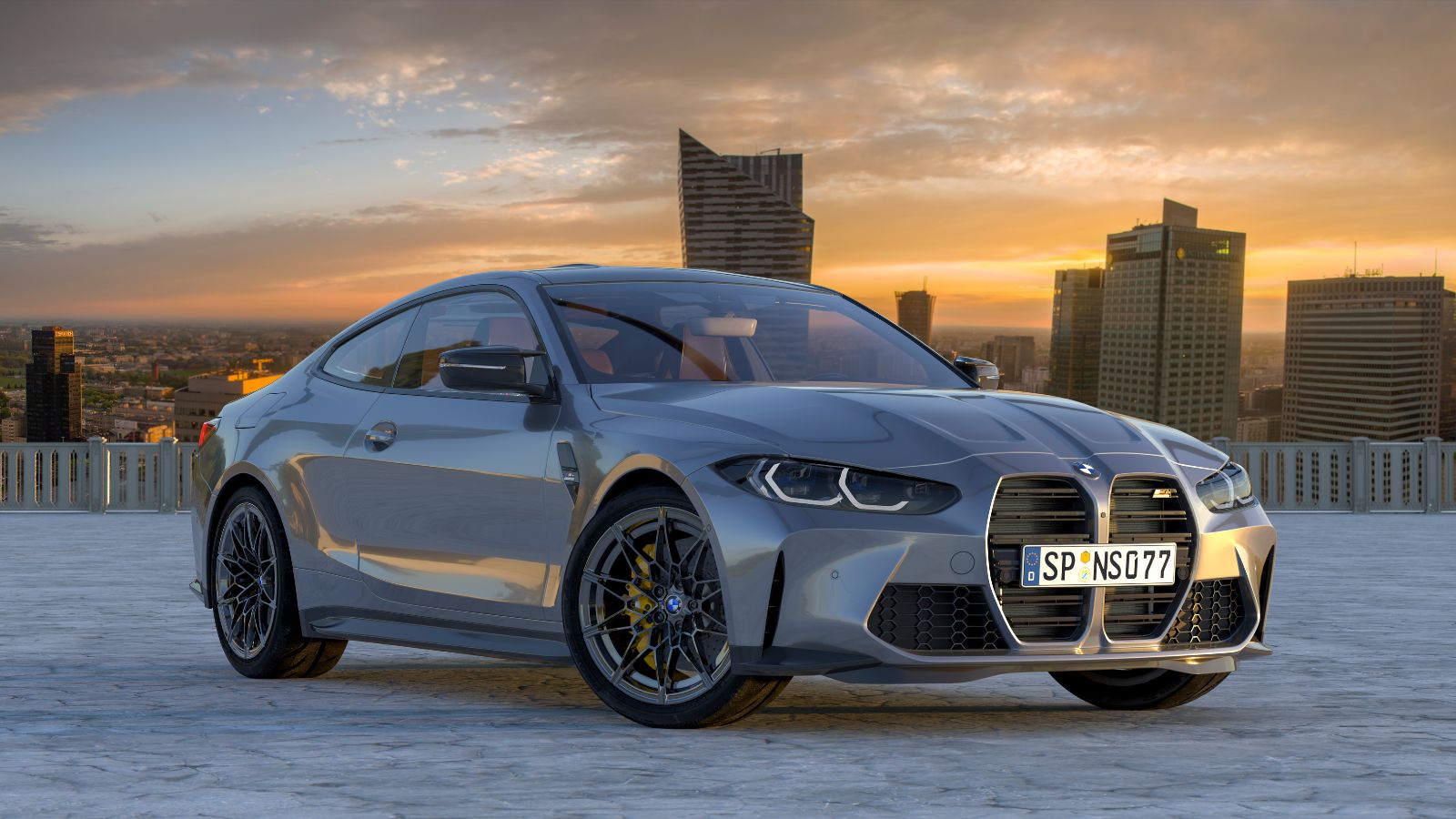
The high-revving M3 and M4 deliver thrills, but Canada’s ZEV roadmap may render them obsolete. By 2035, new non-electric light vehicles will be banned, with sales restrictions starting in 2026. Insurers may classify pure-gas performance cars as higher-risk liabilities and refuse to issue new policies. As fleets shift toward electrification, resale values of gas-only high-performance models could plummet. For fans of internal combustion, future compliance may require an electrified upgrade or early resale.
Volkswagen Golf GTI (Gas Turbo Only)
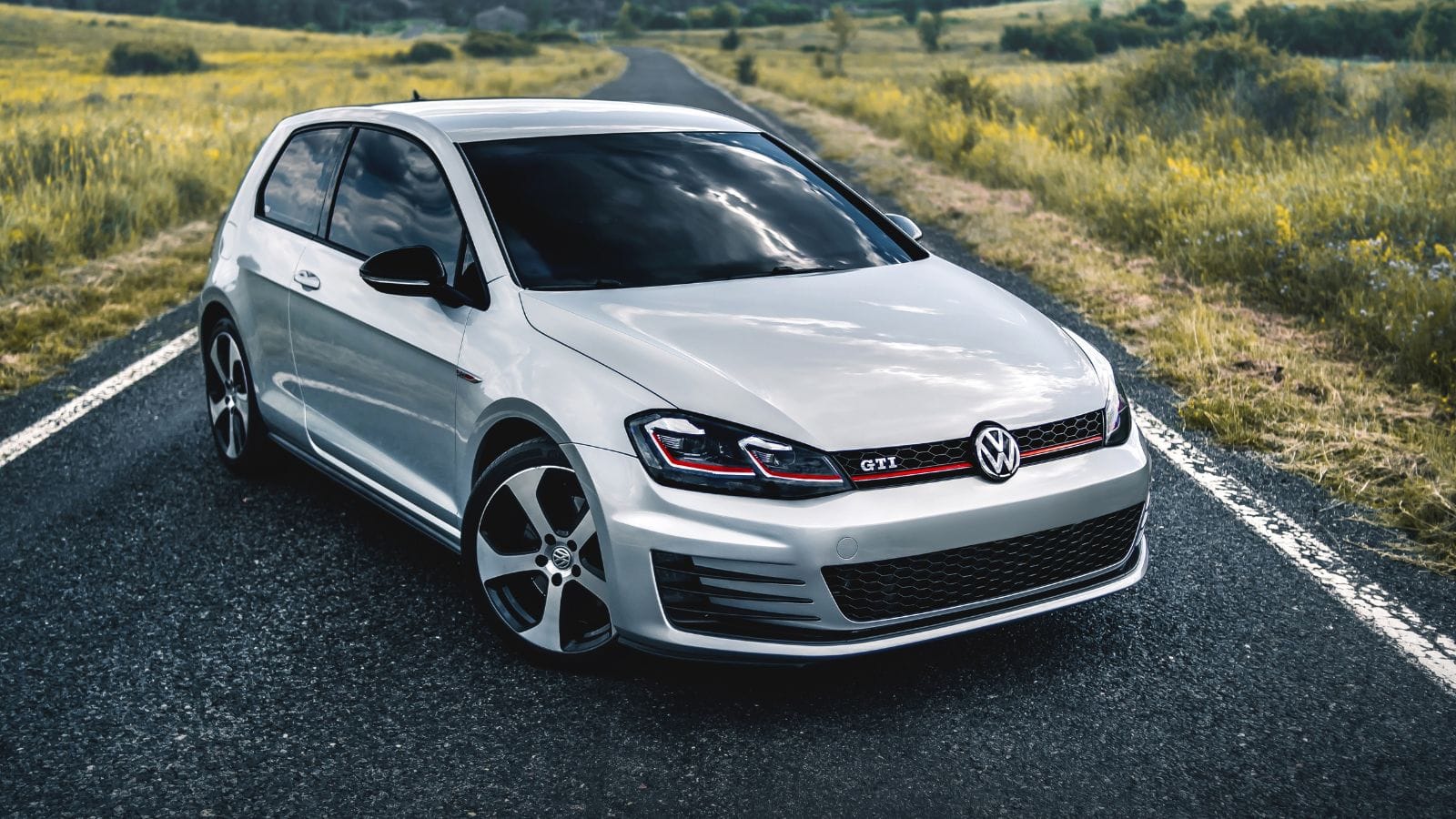
While sporty and agile, the gas-only GTI may soon be edged out under zero-emission mandates. As the thresholds intensify, insurance underwriters may reject coverage for gas-only performance vehicles, and dealers may prioritize PHEV alternatives. Drivers may find it more challenging to register and insure their gasoline-only GTIs, especially in provinces with strict emissions zones, such as British Columbia and Québec.
Porsche Cayenne Turbo (Gas V8)
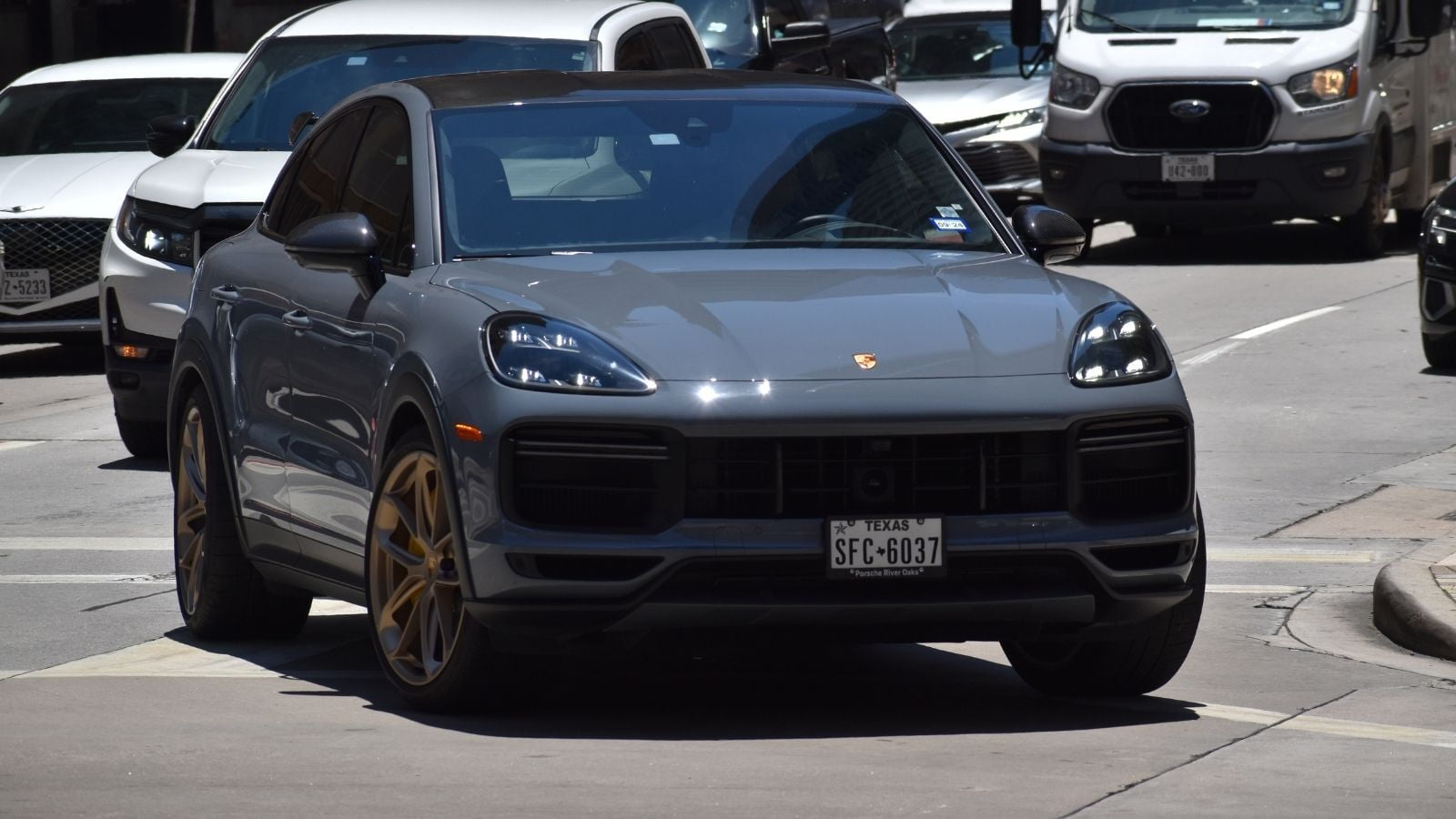
High-performance SUVs like the gas-powered Cayenne Turbo do not align with Canada’s decarbonization trajectory. With zero-emission mandates in place, pure combustion luxury SUVs will become more challenging to insure or register, and provincial low-emission zones may restrict access or impose steep compliance fees. Resale markets could dry up as buyers favor hybrid or electric alternatives. For current owners, the Cayenne Turbo’s driving prowess may soon come with compliance penalties or a decline in resale liquidity.
Lamborghini Urus (Gas V8)

Exotic SUVs like the Urus are gas-consuming icons, but are increasingly regulatory misfits. Canada’s ZEV targets require manufacturers to meet escalating zero-emission quotas through 2035, which means that gas-only super SUVs may lose coverage eligibility under provincial plans or draw insurer refusals in low-emission zones. Moreover, luxury supercar resale markets are sensitive to regulatory shifts. While few expect regulation to touch prestige models, Urus buyers might soon face compliance costs or legal usability limitations ahead of 2035.
Toyota Land Cruiser 200 Series (Diesel/Gas)
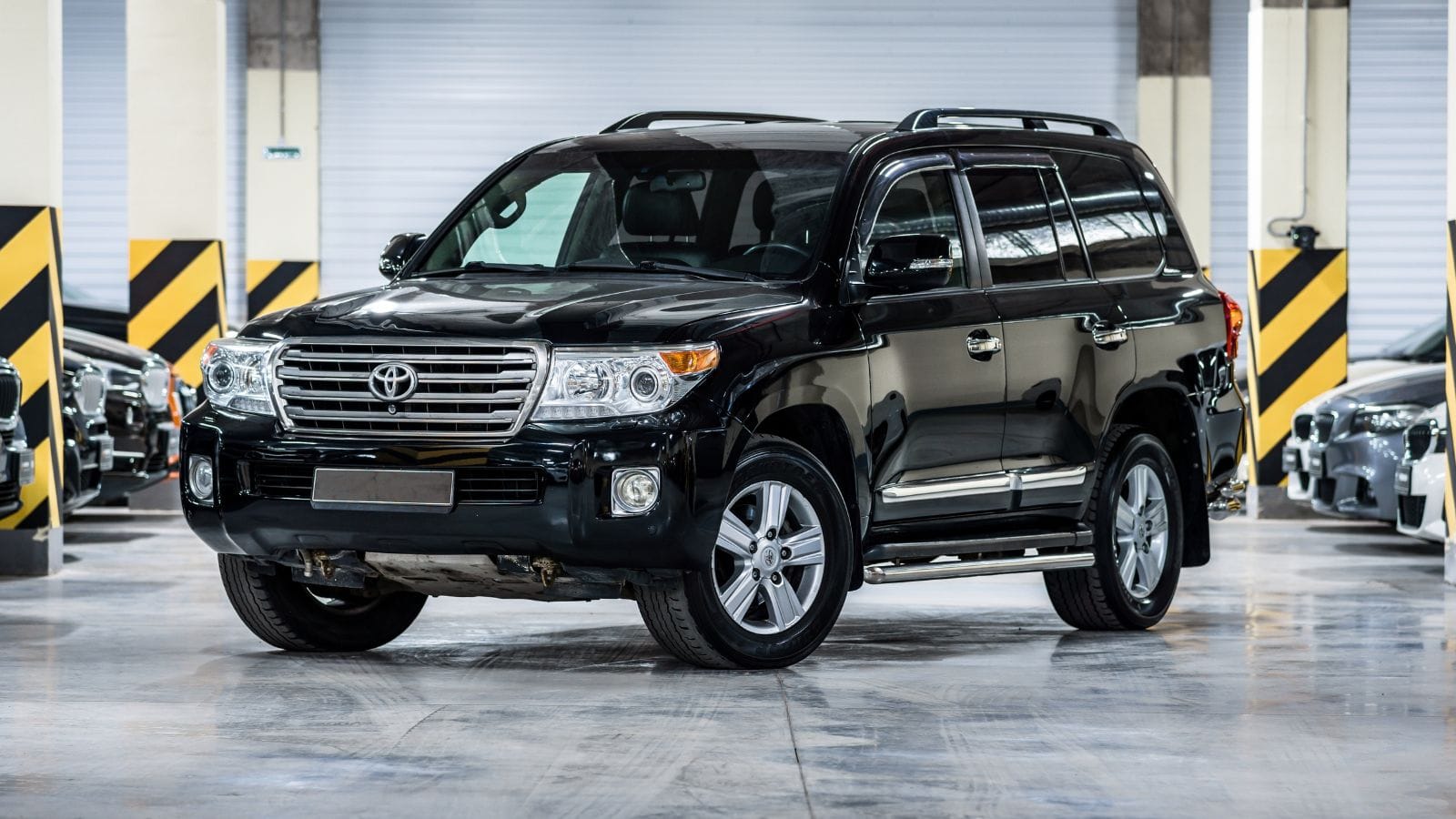
The legendary Land Cruiser continues to sell, but faces a shrinking future in Canada. High exhaust emissions combined with fleet-based ZEV mandates make it unlikely to qualify for new sales after 2035. Provinces may pressure registration renewals or insurance coverage based on emissions non-compliance, and for buyers treating Land Cruisers as lifetime vehicles, regulatory shifts risk are turning a dependable SUV into an uninsurable relic in major provinces, well before typical depreciation curves catch up.
Tesla Model S (Early with Range Extender but ICE)
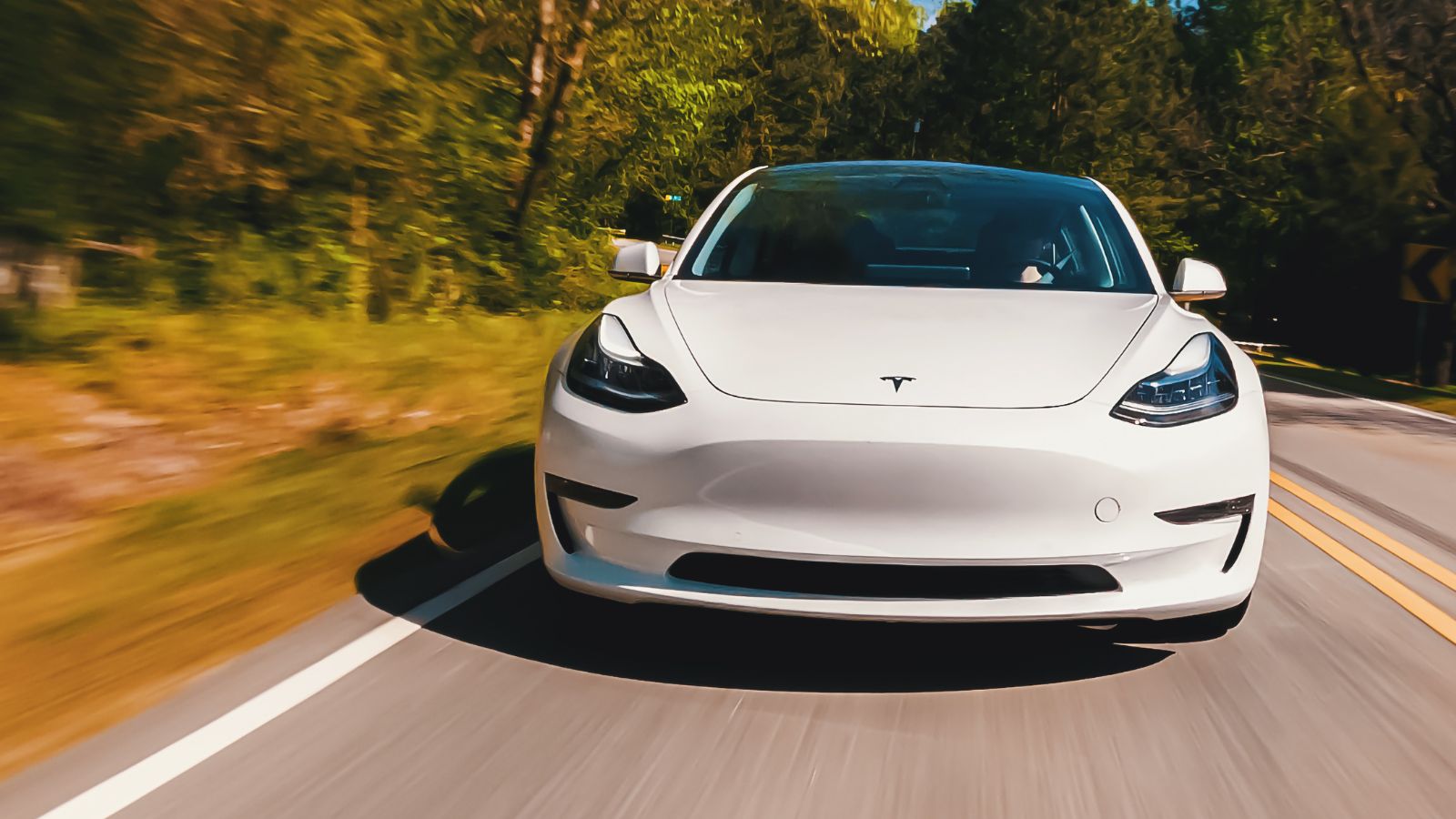
Although rare in Canada, early Model S prototypes with ICE generators or dual-fuel conversions may be targeted under emissions regulations. The non-electric variants do not meet zero-emission vehicle definitions under federal mandates, and registration and insurance of modified ICE-extended EVs could be denied by provincial regulators enforcing strict compliance. These vehicles, once futuristic, may be branded non-compliant by driving regulators who prioritize purely battery-operated models, leading to potential de‑registration or an insurability ban.
Nissan Patrol (Gas V8)
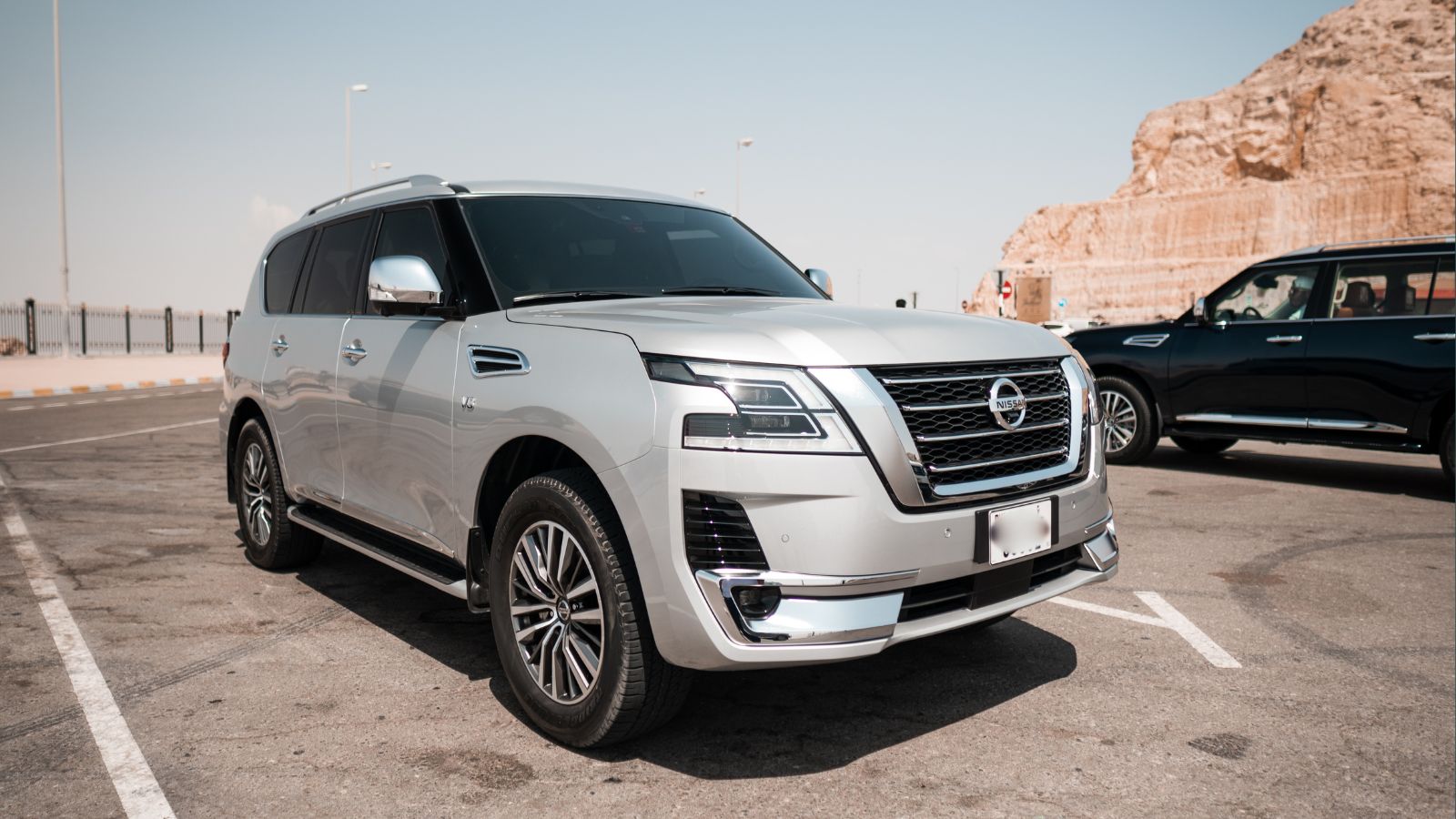
Full-size SUVs, such as the Patrol, face regulatory sanctions. As CBC reported, the ZEV phase-in intensifies, and high-emission SUVs without electrified alternatives may be refused registration in emissions-sensitive provinces, with insurers likely to follow suit, especially for large, gas-only vehicles. For Canadians in remote or towing roles, resale curves may decline faster than anticipated, prompting the early retirement of large, gas-intensive SUVs.
GMC Yukon Hybrid (if it lacks minimum EV range)
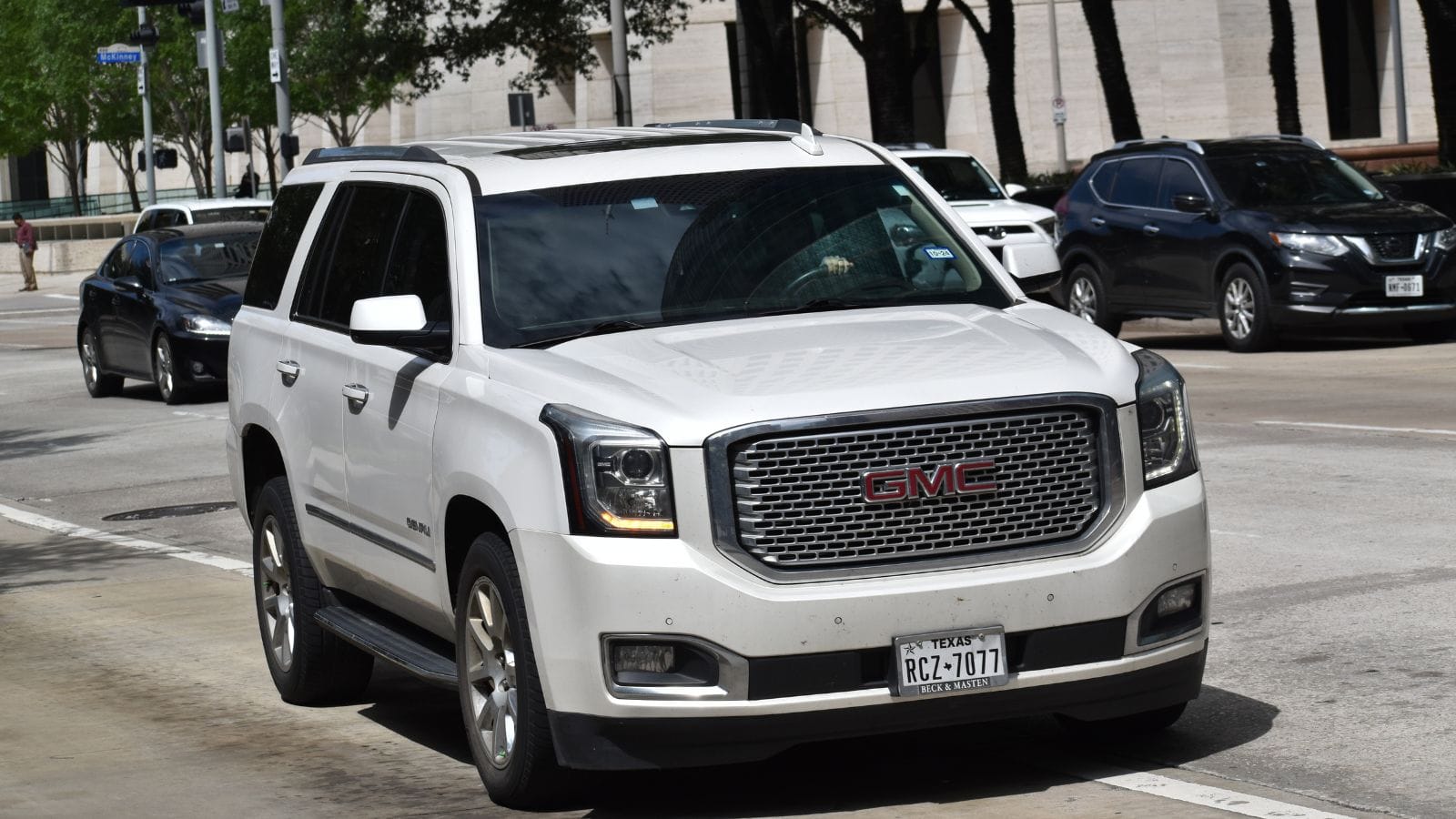
Even hybrids may fail to meet regulatory compliance requirements if they lack a minimum battery-only range, which is typically 80 km for ZEV qualification. This means that Yukon Hybrids that do not meet thresholds could lose zero-emission status and face limited registration or insurance eligibility. As provinces tighten rules, only plug-in hybrids with sufficient EV range count toward compliance, while Yukon Hybrid models falling short may face early obsolescence, despite being partially electrified.
Ford Ranger (Gas/Diesel, no Hybrid)
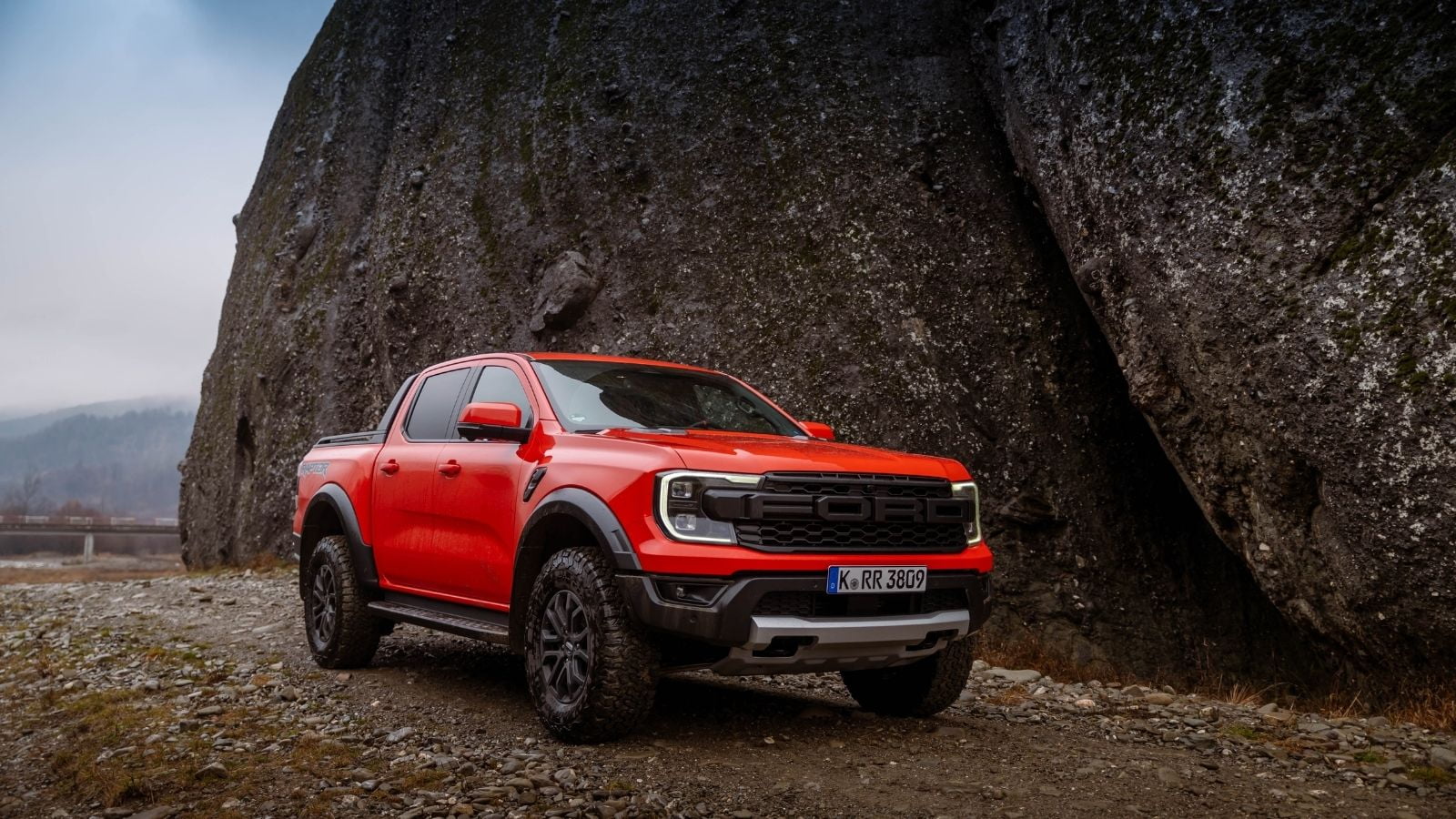
Ford Ranger pickups without hybrid powertrains are at risk under Canada’s impending regulations. As light-duty ZEVs are expected to make up an increasing share of sales through 2035, gas-only Rangers may become less viable. Provinces with ZEV alignment may restrict registration, and insurance companies could limit coverage based on emissions ratings. Additionally, elements such as resale value may decline as fleet averages shift. For Canadians relying on the Ranger’s utility, electrified upgrades or earlier resale may become prudent.
25 Facts About Car Loans That Most Drivers Don’t Realize

Car loans are one of the most common ways people fund car purchases. Like any other kind of loan, car loans can have certain features that can be regarded as an advantage or a disadvantage to the borrower. Understanding all essential facts about car loans and how they work to ensure that you get the best deal for your financial situation is essential. Here are 25 shocking facts about car loans that most drivers don’t realize:
25 Facts About Car Loans That Most Drivers Don’t Realize
